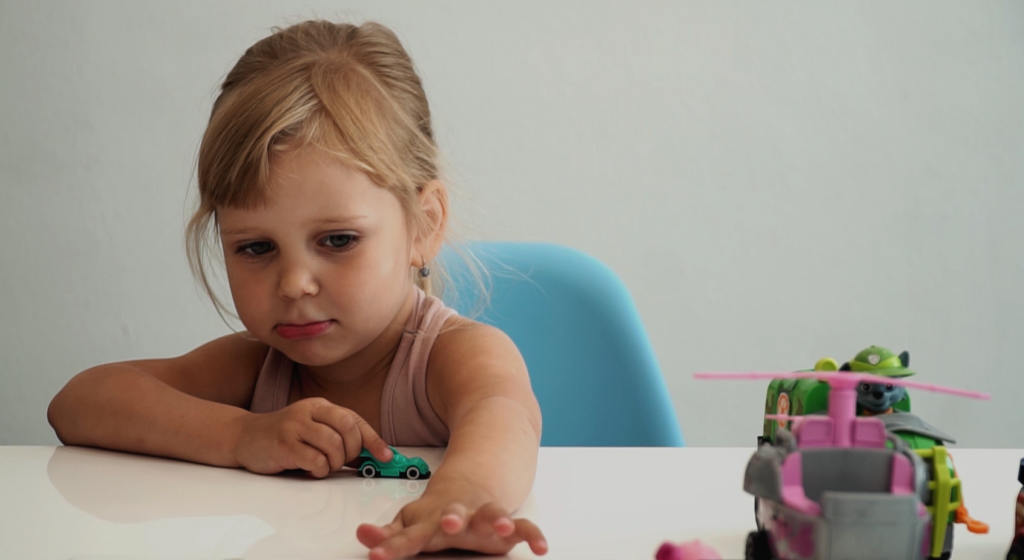What’s the best approach for parents who want to protect their children from the more dangerous side of the internet? There are a number of different ideas out there, but broadly speaking they can be put into two main categories: zero tolerance and taught responsibility. Kidslox can be a helpful tool for turning either of these strategies into a household reality, whichever route you choose. Let’s review what that might look like in practice.
1. Never use the internet
In her recent BBC interview, cyber psychologist, Professor Mary Aiken advised listeners that children shouldn’t use the internet. Ever. Her concerns revolved around the availability of “extreme content” and what she perceived as the ineffectiveness of parental control software, with our tech-savvy kids finding ways to get round restrictions.
What was refreshing was she didn’t feel the urge to berate parents for our technical inadequacy.
On the contrary she expressed her concern and frustration that parents are expected to bear the full weight of responsibility for their children’s online safety. As she points out “we don’t expect parents to man the doors to bars … or man the cigarette counters in newsagents”. So why task parents with almost “exclusive responsibility for children in a cyber context”?
Hear hear.
Sure Professor Aiken’s view is coloured by her time working with those worst affected by the internet’s less savoury end. But she’s got a point.
The burden of responsibility Aiken mentions is something so many of us feel. That burden combined with our own personal battles with ineffective parental control solutions are a large part of the inspiration that led us to develop Kidslox.
Kidslox as an internet restriction tool
For those willing to take her advice, Kidslox is a good option for allowing children to use a device while keeping internet browsers completely disabled. Kidslox is not easily overridden: the restrictions it sets can’t be circumvented by changing a few preference settings. Only the controlling device (the parent’s device or web account) is able to decide which apps and device functions are available to use.
2. Use the internet safely
For many of us though, Aiken’s blanket ban is too extreme (not to mention too late). Our children are growing up with the internet, and our ability to enforce zero tolerance would be unrealistic and understandably intolerable to our kids. Rather as the interviewer in the clip suggested, there’s much to be said for a healthy use of the internet eg. for researching a school project.
Kidslox and other parental control software offer parents a degree of control over their children’s screen time, apps and internet access. When children are using their own or other household devices, this can be an effective way to keep them safe from extreme content and from the dangers inherent in excessive screen time. Kidslox also works on 3G or 4G, so while there’s still the danger of what they can see on their friends’ phones or at their houses (as Aiken remarks) it extends parental boundaries as far as humanly – and technically – possible.
We don’t like to believe in this sci-fi, nightmarish Brave New World Aiken paints. Where the only way out is to raise technologically illiterate children. Or live with the parental shame of a corrupted child, traumatised by all the evil things they’ve been subjected to online.
It’s all a bit melodramatic.
Yes it’s an ongoing challenge to get the balance exactly right, but a healthy approach to internet usage is achievable.
Kidslox and a healthy relationship with technology
How is this achieved? Well it takes a bit of good, old-fashioned offline groundwork. Otherwise known as a chat. Talk to your kids about the risks and dangers of the internet. Tell them about Aiken’s patients if you like, unable to ‘unsee’ the content they’ve exposed themselves to. Point them towards good search habits. Teach them how to recognise trustworthy sites. And if you’re not sure about those things, teach yourself first.
Parental controls can be a great support here: Kidslox can be used to keep browsers locked at times when you’re not around to supervise or to restrict access to inappropriate apps. So you can stop your children’s curiosity (or disobedience) from taking them to sources of inappropriate content, until you feel they are mature enough to take on some of that responsibility themselves.
Parental controls on technology aren’t like waving a magic wand. But when used as part of a deliberate, holistic strategy, with an emphasis on teaching positive, responsible technology use, we at Kidslox would like to think they offer real hope and help.
After all that was our goal when we developed Kidslox. And it still is.





